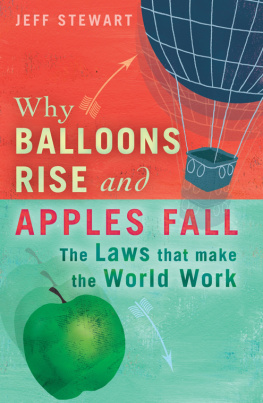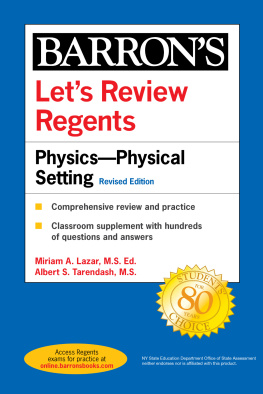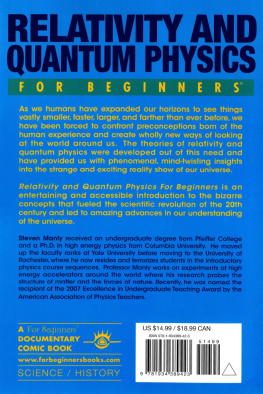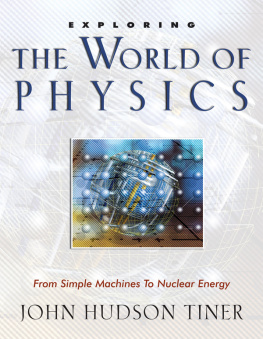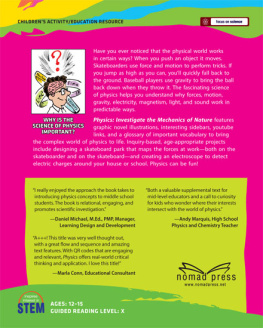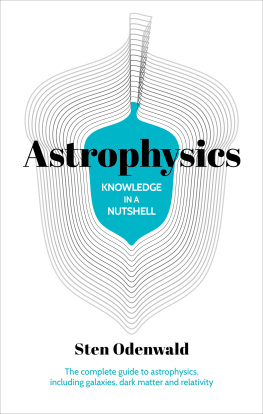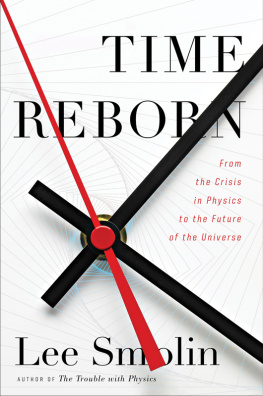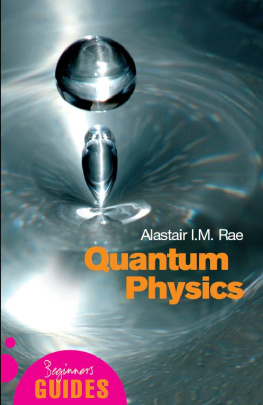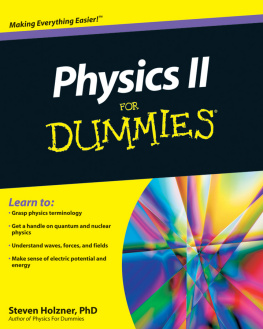First published in Great Britain in 2010 by
Michael OMara Books Limited
9 Lion Yard
Tremadoc Road
London SW4 7NQ
This electronic edition published in 2011
ISBN: 9781843178095 in EPub format
ISBN: 9781843178101 in Mobipocket format
ISBN: 9781843174134 in hardback print format
Copyright Michael OMara Books Limited 2010
All rights reserved. You may not copy, store, distribute, transmit, reproduce or otherwise make available this publication (or any part of it) in any form, or by any means (electronic, digital, optical, mechanical, photocopying, recording or otherwise), without the prior written permission of the publisher. Any person who does any unauthorized act in relation to this publication may be liable to criminal prosecution and civil claims for damages.
A CIP catalogue record for this book is available from the British Library.
Illustrations by David Woodroffe
Designed and typeset by Ed Pickford
Ebook compilation by RefineCatch Limited, Bungay, Suffolk
www.mombooks.com
CONTENTS
This book is dedicated to the amazing Vix.
Thank you Mum and Dad, and Rosemary and Terry, for helping create the space-time I needed to write.
Thank you Herbie, Iola, Rufus and Oscar for making sure I took regular breaks.
Thank you Lindsay for making the whole thing happen.
1
W hat exactly is physics?
Well, in a way, its everything.
Physics aims to tell us about a Big Bang that created the universe long ago, to explain how people got here from there (and why we wont be going anywhere else in a hurry), and to show how and why everything around us works as it does.
It tells how the first bits of matter appeared, how the first stars were born, and how, over billions of years, the universe came to be the vast and amazing place we know, with our planet an insignificant speck on the edge of one galaxy in 125 billion.
It explains almost everything that happens in the world around us: energy and movement, sound and light, electricity and matter. And its laws form the basis of chemistry and biology.
Physics also suggests exciting new ideas. For example, it says that time travel may be possible. Unfortunately, it also says that were probably too big to have a go.
In short, modern physics gives us a fascinating, awe-inspiring and sometimes downright weird view of the universe and our place in it.
Falling apples and rising balloons are just the start.

Its the law
Physicists a mixture of mathematical thinkers and more practical types who enjoy doing experiments, such as smashing tiny bits of stuff into even tinier bits think that they can explain all this because everything happens according to laws of nature.
These laws show that, if this happens, then so will that. If I hang a weight (me, for example) from a spring, the amount it stretches will be proportional to my weight: double the weight, double the stretch. (This particular law is known as Hookes Law because it was discovered by the seventeenth-century British physicist Robert Hooke.)
The laws of physics are useful to us because physics is a practical science. What weve learned has helped us build everything from bathroom scales (that spring again) to a billion shiny gadgets, from the bulbs that light up our cities to the aircraft that dont (usually) crash down on them.
Of course, it has also brought us enough nuclear warheads to blow all of this and us, and life as we know it to bits.
How we found physics
People have always tried to explain and predict the world around them. It seems to be an essential part of what makes us human. But it wasnt until we got past blaming everything from lightning to earthquakes on a bunch of irritable gods that we started getting anything useful out of our explanations.
So thats what physics is. But a quick run through two and a half millennia of scientific progress will give us a better idea of how it got us here. And, hopefully, prove to anyone still frightened by the subject that it doesnt bite even if it does bang.
Its all Greek
Almost 2,500 years ago, the ancient Greeks did a lot of thinking about science. As well as running around naked at the first Olympic games, writing tall tales about gods, cunning heroes and many-headed monsters, and building wonderful temples, they came up with plenty of interesting theories.
For example, Thales supposed that all the earth floated on water, so that earthquakes were caused by waves. Aristotle, whose Physica is the first work on physics to use the word in the title, believed everything in the world was made up of earth, air, fire and water, with the heavens made of a divine substance called aether. Smoke, he thought, rose, because it was mainly made up of air, and air always tended to be above earth.
These were nice simple theories, but the Greeks generally argued that an object does something because its the kind of object that does that kind of thing. This gets us nowhere: its a circular argument; a good example of what modern physics isnt. (Today, we try to explain things in terms of other things, which is a nice way of saying we usually like to blame someone else.)
Strictly speaking, the Greeks said that, for example, all circles we see are somehow shadows of the Form of roundness. Forms were supposed to be divine, perfect and not of this world, so that the Form of roundness set the perfect example for all other round things. But, it seems, theres no getting round the fact that an objects roundness is still explained by the fact that it is, well, round. Which is, as we noted, circular.
Mind games
Part of the problem was that the ancient Greeks tended to think that you should be able to work out what happens in the world through the power of thought alone. The world around us was imperfect, so, they thought, there wasnt much point looking at it too closely and expecting it to behave in a regular way.
And even when they did observe what was going on around them, they made some strange mistakes. For example, Aristotle made detailed studies of plants and animals, but thought that, as a rule, men have more teeth than women.
Predicting the planets
A few hundred years later, another ancient Greek called Ptolemy (ignore that first p when you say his name or you may be accused of spitting) came up with a fairly accurate mathematical system for predicting the position of the stars and planets.
This was a great step forward for science, except he also thought that the planets (and the sun) revolved around the Earth. This meant that, to make his numbers work, he had to predict that the moon would sometimes come twice as close to the Earth as at other times. As a result, we should, he thought, regularly see the moon appear to double in size.
Of course, the moon never grew, but, in the Western world, Greek ideas held sway in physics for 1,500 years. Partly this was because the church supported them: Greek thought, like Christianity, put man at the centre of the universe, and, with the stars all fixed to the inside of a huge sphere that contained the universe, it also left plenty of room outside for heaven and hell.
As Greek civilization declined, many of its ideas and writings were saved by Islamic scholars, who refined them and slowly increased the importance of maths and observation, particularly in the study of light, the stars and motion. This was a good move because, as it happens, maths and observation turned out to be the key to progress in science.

